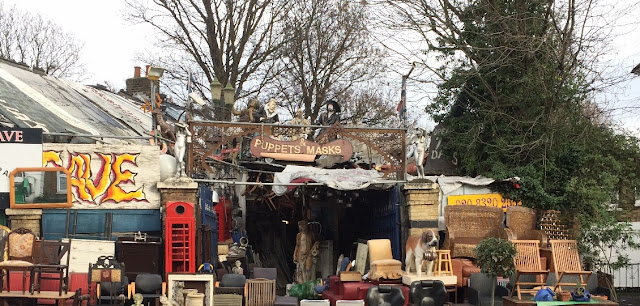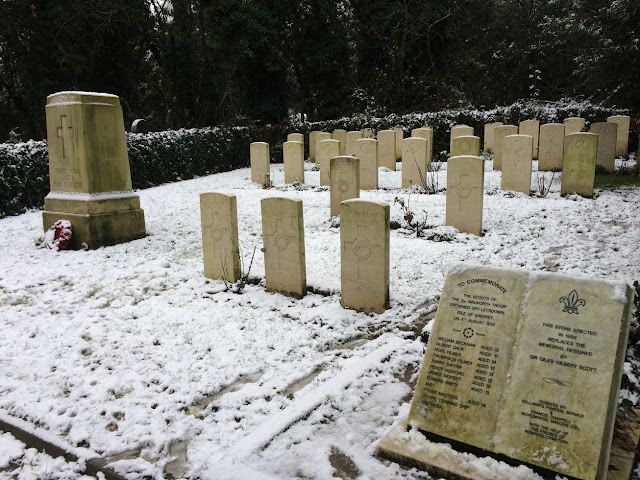On the local history front, John Price from Goldsmiths has already done a couple of walks today - one a New Cross radical history walk, and the other Deptford walk based around Charles Booth's description of the area in 1899. He will be repeating these two walks next Sunday 18th March - book your place at www.gold.ac.uk/events
Tomorrow - Sunday 11th March - Malcom Bacchus will be leading a Telegraph Hill Walk from 11 am to 12:30 pm, meeting in St Catherine’s Churchyard for 'A stroll around the core of Telegraph Hill, looking at our architecture and galloping through some of the history' (free
Then at 2 pm Malcolm will be venturing further afield into New Cross with a walk exploring the history of its residents and buildings, meeting outside Haberdashers’ Aske’s at the bottom of Jerningham Road (no need to book for either of these walks)l
On Tuesday 13th March at the Hill Station, Kitto Road SE14 (next to church), Neil Gordon-Orr will be talking on the 'Lost island of New Cross Road':
'The junction by the White Hart pub, London SE14 marks the divergence of two ancient trackways – now known as Queens Road and the New Cross/Old Kent Road. Major currents of London history, literature and mythology have swirled around it. It has been the location of a tollgate, and before it vanished beneath the waves of the A2 in 2010, of a traffic island whose toilets were both a grandiose example of Victorian public architecture and a place for illicit encounters. The lost island witnessed bombs, political protests and dreams of a New Cross pirate republic. All of this and more will be covered in Neil Gordon-Orr’s talk, illustrated with maps and photographs. Tickets (£2) need to be booked in advance here: https://























































